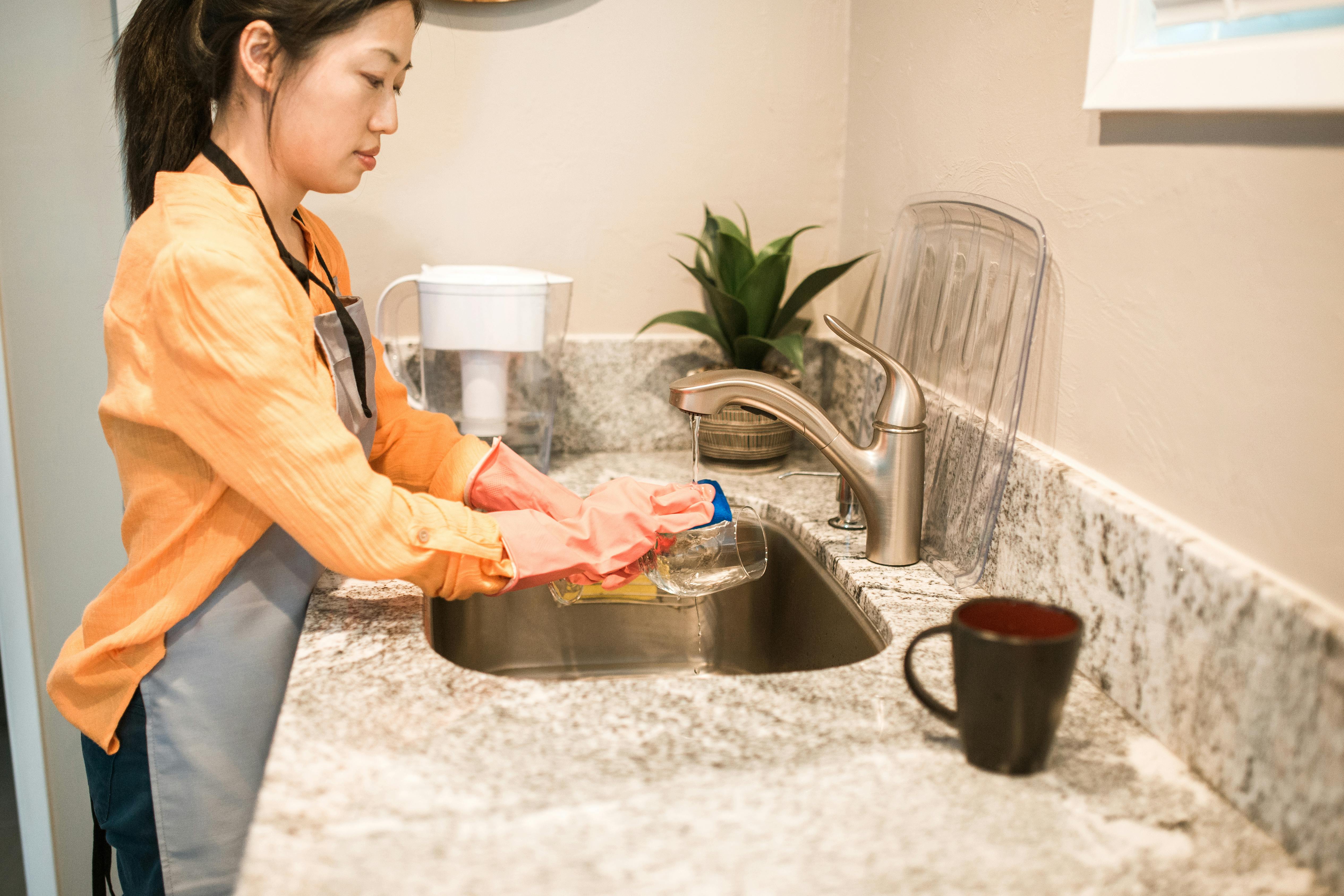Effective Ways to Care for a Venus Fly Trap in 2025
The Venus flytrap, a fascinating insectivorous plant, has captivated nature enthusiasts and gardeners alike with its unique feeding mechanism and vibrant appearance. Proper care for a Venus flytrap is essential to ensure its health and longevity, especially as environmental changes continue to shape our gardening practices in 2025. This article will explore the essentials of how to take care of a Venus flytrap, including feeding, sunlight requirements, soil types, watering techniques, and other critical aspects that contribute to a thriving plant.
As pet owners know, each species requires specific care elements, and the Venus flytrap is no exception. By following the guidelines outlined in this article, you can create an ideal environment for your plant, whether you're caring for young Venus flytraps, managing outdoor specimens, or nurturing them indoors. We'll cover the entire spectrum of Venus flytrap care, from basic requirements to troubleshooting common issues. Let's dive into the world of Venus flytraps and discover the best practices for maintaining these remarkable plants.
Key takeaways include the importance of appropriate lighting, humidity, soil conditions, and feeding habits, which are all vital to fostering a healthy Venus flytrap.
Understanding Venus Fly Trap Requirements
Building on the fundamentals of cultivating a Venus flytrap, understanding their basic needs is crucial for promoting healthy growth. These plants thrive in specific environmental conditions, including temperature, humidity, and light quality. By catering to these needs, you can significantly enhance their life cycle and growth stages.
Sunlight Requirements for Venus Fly Traps
The sunlight requirements for Venus fly traps play a substantial role in their overall health. These plants prefer full sunlight, receiving at least 12 hours of bright light per day. While they can tolerate partial shade, insufficient light can stunt their growth and lead to weak traps. Utilizing grow lights in indoor settings can help meet their needs, ensuring they maintain their distinctive colors and vigor.
Humidity for Venus Fly Trap
Along with sunlight, maintaining optimal humidity levels is key for watering Venus fly traps. They thrive in high humidity environments, ideally between 50% and 70%. To maintain humidity, consider using a humidity dome or placing your plant in a tray with water and pebbles. This setup not only aids in moisture retention but also creates a microclimate ideal for the Venus flytrap.
Temperature for Venus Fly Trap
The ideal temperature for Venus fly traps is between 70-95°F (21-35°C) during the growing season, while dormancy periods require cooler temperatures between 32-50°F (0-10°C). During dormancy, it's vital to reduce care activities, including watering and feeding, allowing the plant to rest and recharge for the next growth cycle.
Watering Techniques for Venus Fly Traps
Watering techniques greatly influence the health of your Venus flytrap. These plants prefer distilled or rainwater, as tap water may contain chemicals harmful to them. Ensure that the soil remains consistently moist but not soggy, as overwatering can lead to root rot. Regularly checking the top inch of soil moisture can help maintain a healthy balance.
Venus Fly Trap Soil Type
Choosing the right Venus fly trap soil type is essential for their growth. A lightweight, acidic mix composed of sphagnum moss, perlite, and sand works best. This combination ensures proper drainage while preserving moisture—two critical factors for the health of your Venus flytrap.

Feeding Venus Fly Traps: Best Practices
With these basics established, we can move on to the feeding habits of Venus flytraps, an exciting aspect of their care. These plants have unique feeding mechanisms that allow them to derive nutrients from insects, making them distinct among household plants.
Optimal Feeding Practices
Feeding Venus fly traps should be performed with care. It's advisable to feed the plant live insects, such as crickets or flies, or pre-killed insects rich in protein. Each trap can digest food approximately every 1-2 weeks, and overfeeding may cause stress or even kill the traps. Understanding the right feeding schedule is crucial for maintaining a healthy life cycle.
Feeding Schedule for Venus Fly Traps
Adhering to a practical feeding schedule for Venus fly traps helps ensure they meet their nutritional needs. If your plant is outdoors, it will likely catch its food naturally. However, if grown indoors, aim to feed it every couple of weeks, adhering to the guidelines of not overfeeding. Monitor the traps carefully and avoid feeding them too frequently, as the energy spent on digestion can affect their overall health.
Signs of Unhealthy Venus Fly Traps
Identifying signs of unhealthy Venus flytraps is vital for swift intervention. Look for soft traps, discoloration, or wilting leaves, which may indicate problems such as overwatering or nutrient deficiencies. The presence of pests affecting Venus flytraps, such as aphids or spider mites, may also signal that immediate action is necessary to revive the plant.
Common Venus Fly Trap Diseases
Additionally, common Venus fly trap diseases can arise from improper care or environmental stress. Fungal infections from excessive moisture or rot due to poor drainage are typical issues. Recognizing these symptoms early can help prevent irreversible damage to the plant.
Understanding Venus Fly Trap Traps
Finally, understanding the mechanism behind Venus flytrap traps enhances your care practices. Traps function as both the plant's digestive system and its method of catching prey. By ensuring these traps are healthy and capable of functioning optimally, you can provide a nourishing environment for the plant.

Seasonal Care and Maintenance for Venus Fly Traps
Connected to feeding practices is the concept of seasonal care, encompassing different aspects of plant care during its growth and dormancy phases. Understanding these cycles can elevate the success of your gardening endeavors.
Venus Fly Trap Dormancy
During winter months, Venus flytraps enter a state known as dormancy, which is crucial for their health. Establishing a cooler environment during this time, reducing watering, and preventing feeding are essential practices. This natural cycle allows the plant to conserve energy and prepare for the vigorous growth of spring.
Repotting Venus Fly Trap
Over time, the need for repotting Venus fly traps may arise due to growth or soil depletion. It’s best to repot every couple of years, preferably at the start of the growing season. This practice replenishes nutrients and provides fresh soil for optimal health.
Best Pots for Venus Fly Traps
Choosing the best pots for Venus fly traps is essential. Opt for containers that allow for adequate drainage, preventing stagnant water that can lead to root rot. Additionally, pots made from breathable materials promote soil aeration and thus support healthy root development.
Propagation of Venus Fly Trap
For those eager to expand their collection, the propagation of Venus fly traps can be an exciting endeavor. Common methods include dividing mature plants or growing them from seeds. Each method has its intricacies and advantages, so understanding the best approach for your circumstances is important.
Caring for Young Venus Fly Traps
If you're nurturing young Venus fly traps, special attention is necessary. These plants require a gentler approach, particularly regarding feeding and watering, as they are more susceptible to stress. Ensuring a proper environment can lead to a robust and thriving plant in the long run.
Troubleshooting Venus Fly Trap Issues
Finally, it is crucial to be prepared for potential pitfalls when caring for Venus flytraps. Being informed about common challenges can help you tackle problems efficiently, ensuring your plants continue to thrive.
Common Venus Fly Trap Problems
Understanding Venus fly trap common problems is essential for effective troubleshooting. Issues like inadequate lighting, improper watering, and nutrient deficiencies can manifest as wilting leaves or unsuccessful traps. Regular monitoring will allow you to adjust conditions promptly.
How to Revive a Dying Venus Fly Trap
In cases where your plant may be struggling, knowing how to revive a dying Venus fly trap is a valuable skill. Start by examining environmental conditions, adjusting care practices according to its needs, and ensuring stress factors are eliminated. With proper attention, many struggling plants can be brought back to life.
Environmental Control for Venus Fly Traps
Understanding environmental control for Venus fly traps is pivotal. Managing humidity, light exposure, and temperature offers a complete approach to cultivating happy, healthy plants. Using tools like hygrometers and thermometers can assist in monitoring these parameters effectively.
Maintaining Humidity
The necessity of maintaining humidity cannot be understated. This environmental factor is often neglected but can be easily controlled through suitable methods such as misting or regular monitoring with humidity domes. Such measures create an optimal setting for your Venus flytrap.
Identifying Pests on Venus Fly Traps
Being proactive about identifying pests on Venus fly traps can save you from larger problems down the road. Regular inspections for aphids, mealybugs, and other pests can lead to early detection and effective control methods, maintaining the vitality of your plant.
By implementing these effective care techniques, your Venus flytrap can flourish and contribute significantly to your garden’s biodiversity. These extraordinary plants not only serve practical purposes in pest management but also add a unique aesthetic to any space. Make your gardening experience rewarding by cultivating healthy Venus flytraps!
